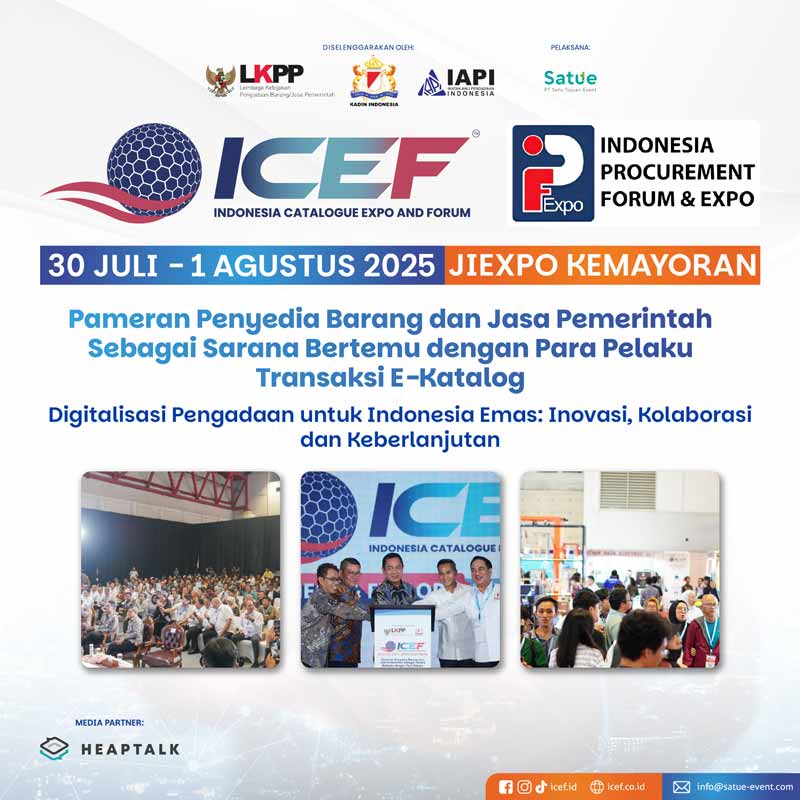Heaptalk, Jakarta — AC Ventures (ACV) observed that the prospect of renewable energy utilization, one of which is solar energy, in Southeast Asia, particularly Indonesia, is very attractive.
In Southeast Asia’s energy sector, fossil fuels dominate, comprising around 83% of the region’s energy mix and vastly overshadowing the 14.2% contribution from renewables. Among these, solar energy still needs to be utilized. While Vietnam has made significant strides, achieving an impressive 20.5% share of its power from solar, Indonesia still needs to catch up, with less than 1%.
Managing Partner of AC Ventures, Helen Wong also recognized that the regional prospects for solar energy are compelling. Southeast Asia possesses a technical potential of 17 terawatts, exceeding 20 times the capacity needed to meet the net-zero emissions target in 2050. However, current renewable energy capacity stands at a mere 99 gigawatts.
Further, roughly 40% of Indonesia’s off-grid areas are scattered across islands beyond Java. The national grid is unlikely to reach most of these places soon. This complicated infrastructure development also encapsulates the region’s broader challenge in effectively harnessing its abundant renewable resources.
Against this matter, she considered that opportunities are afoot and investors are already hedging their bets today in the region’s renewable energy space.
Helen pointed to the use of solar yield optimization tech like trackers and software that assesses the suitability of rooftops for solar installations, underscoring these as enhancements rather than fundamental solutions.
She also mentioned the use of IoT in auditing renewable energy projects, which is becoming increasingly vital as green financing grows. This supports the need for detailed auditing to facilitate loan approvals and attract necessary debt financing alongside equity in the investment landscape.
“In SEA, solar energy remains in the early stage. The key is originating the right projects and ensuring that financing costs allow for a good internal rate of return. We look at a solar project’s internal rate of return and the overall payback period. Regarding subsidies, while nice to have, they can lead to market volatility, and solar prices have come down so much that they are close to parity with fossil fuels,” Helen said.
Helen claimed that broad solar implementation would accelerate the nation’s power grid, fulfilling the existing demand for renewable energy. Increased grid connection between the nation’s main islands will likely be achieved by 2028.
“More than US$300 billion is needed for distribution and renewable energy transition. The grid needs to be upgraded to handle more intermittent energy sources like solar energy. In the context of venture investing, we at ACV are keen to back the winners in this space and help with the imminent energy transition in Southeast Asia.” Helen said.














